|
Here we are in the future that Back to the Future predicted and I find myself contemplating what the past really looked like compared to now for IT. For those of you that live under a rock and have not seen the movies I will give a brief summarization of the second movie from the trilogy. In "Back to the Future Part II," Marty McFly travels to October 21, 2015, to save his children, yet to be born in "Back to the Future's" 1985. The movie plot is tangled by fixing one thing, McFly, Doc Brown and the villainous Biff Tannen create a number of new mishaps but what remains is the film's vision of a year that was still more than a quarter-century away when the movie was shot and released in 1989. In the IT realm of things I found myself reminiscing of what the data center looked like back in 1989 when the movie was released not to mention 1985 when the movie itself takes place. So, hold onto your hats, "Great Scott!!", we are going back to the past to revisit the data center before VMware's inception in 1998 and the impact we see today. In order to bore my reader thoroughly I will give a brief history lesson on computing but don't worry I have added plenty of pictures to stimulate your brains. So, let's fire this blog up to 88 miles per hour and get to the past. Arriving in the 1980s we find mainframe computers, whose components would take up the whole room had been joined by mini computers, where the components had been developed to such an extent everything could be housed in a single cabinet, even if these were still the size of commercial freezers. During the 1980s, computer components were developed that were smaller and more powerful until eventually the microcomputer or desktop PC came to be developed. The early ones were sold in kit form mainly to home enthusiasts. Eventually, though, these became more reliable and software was developed that meant they found their way into businesses. Eventually the ‘dumb’ terminals connected to a mainframe computer were replaced with microcomputers, each with their own processors and hard drives. However, since this segmented information, issues of data integrity and duplication soon led to the development of networks of server and client microcomputers, and the servers often ended up housed in the computer rooms either alongside or instead of the mainframes and minicomputers, often in 19” rack mounts that resemble rows of lockers. In 1985, IBM provided more than $30 million in products and support over the course of 5 years to a supercomputer facility established at Cornell University in Ithaca, New York. This is what the data center looked like in the 1980's and in the immortal words of Doc Brown, "Great Scott!". Jumping back into the delorean and taking a quick trip forward to 1990's we find the data center is still evolving and microcomputers are now called “servers”. Companies started putting up server rooms inside their company walls with the availability of inexpensive networking equipment. The biggest change in the nature of data centers comes as a result of the lifting of restrictions on the commercial use of the Internet. Companies needed fast Internet connectivity and nonstop operation to deploy systems and establish a presence on the Internet and many companies started building very large facilities to provide businesses with a range of solutions for systems deployment and operation. Enter the time of virtualization development. In 1998 VMware comes onto the scene with a patent for their virtualization platform and on February 8, 1999, VMware introduces the first x86 virtualization product, VMware Virtual Platform, based on earlier research by its founders at Stanford University. The impact of this is not fully realized at the time but this event will change the future of data centers for ever, (see the timeline below). The solution was a combination of binary translation and direct execution on the processor that allowed multiple guest OS's to run in full isolation on the same computer with readily affordable virtualization overhead. Now let's hop back into that delorean and take one last trip to where we find ourselves today. VMware started this revolution nearly 17 years ago, and is continuing to lead the industry in building out an operating system agnostic virtualization ecosystem to help companies transform their IT environments. Today there is no alternative that compares to VMware's performance, stability, ease of management, security, support, features and vast partner ecosystem. I guess the big question now is what will the future hold for us in IT? The data center is now moving into the "cloud" with again VMware leading the charge with the idea of One Cloud, Any Application. We have seen the data center shrink its footprint, hosting multiple virtual servers on an x86 platform. We have seen the transformation of the business computer or workstation with VDI. We have seen the virtualization of the storage with VSAN and VVOLs. We have seen the virtualization of the network with NSX and are seeing the transformation of companies into the cloud with vSphere Hybrid Cloud. We have also, see the transformation of applications and application mobility with containerization and virtualization of the applications.
What will the future hold for those of us lucky enough to bare witness to it? Only time will tell and I for one am off for one last adventure in the delorean to visit the future where Dell owns the world of computing. I'll let everyone know how the stock does when they go public. See you all in the future.
0 Comments
The cloud is all about agility and flexibility, but agile and flexible can look different to different people. For app developers, it could be one cloud service provider. For marketing, it might be another. For IT, a third third-party provider could be the preferred platform. As a result, enterprises today have a new challenge: how to manage multiple clouds.
A unified cloud offers several advantages to enterprises. By managing multiple clouds through a single management system, enterprises can better control security, ensure regulatory compliance, enforce business policies, and share data between applications. A unified cloud also allows enterprise to deploy virtual desktops faster and manage them more efficiently in a multi-cloud environment. Healthcare is a good example of how unified cloud management can make a difference. The healthcare industry is marked by merger and acquisition; new employees are added, apps are migrated, access privileges and policies change, etc. Managing all of this change across multiple clouds can be complex and time consuming, resulting in critical delays as new physicians and staff are onboarded. With unified management solutions like Citrix Workspace Cloud, however, managing apps and users in a multi-cloud environment is no different than managing them in a single cloud from a process perspective, meaning that you can onboard personnel and update apps in minutes rather than days or weeks. In other words, you have the flexibility and agility that attracted your enterprise to the cloud in the first place. Although Citrix isn’t the only vendor in this space, they have a leg up on many of their competitors because of their history in the application delivery space. Many enterprises already have Citrix skills in place (e.g., their apps may already be deployed through XenApps), so there’s an existing comfort level with Citrix’ logical approach to cloud management. If you’re looking to reduce your cloud opex even further, Rolta AdvizeX can manage your unified cloud/Workspace environment for you. Unified cloud management is a sound part of any cloud strategy, but maybe you don’t have a cloud strategy in place. If not, Rolta AdvizeX can help you create one through our Cloud Advizer services. With Cloud Advizer, we identify which apps and use cases can benefit the most from the cloud, and then help you migrate and manage them. Increasingly, cloud isn’t becoming an “either/or” but an “and/and” proposition for enterprises as cloud decision-making becomes decentralized. Unified cloud management from Rolta AdvizeX and Citrix can restore clarity to your cloud strategy and avoid cloud confusion. http://www.advizex.com/blog/app-environment-getting-mighty-clouded/ |
RecognitionCategories
All
Archives
June 2024
|
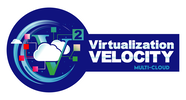


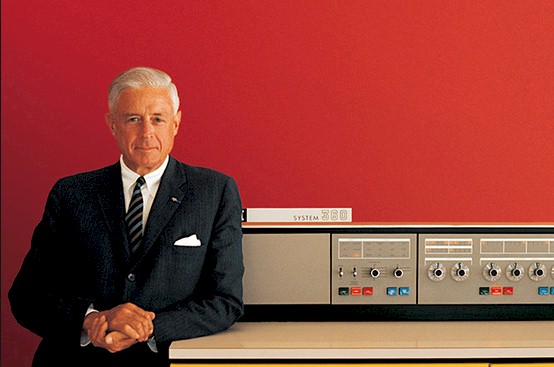
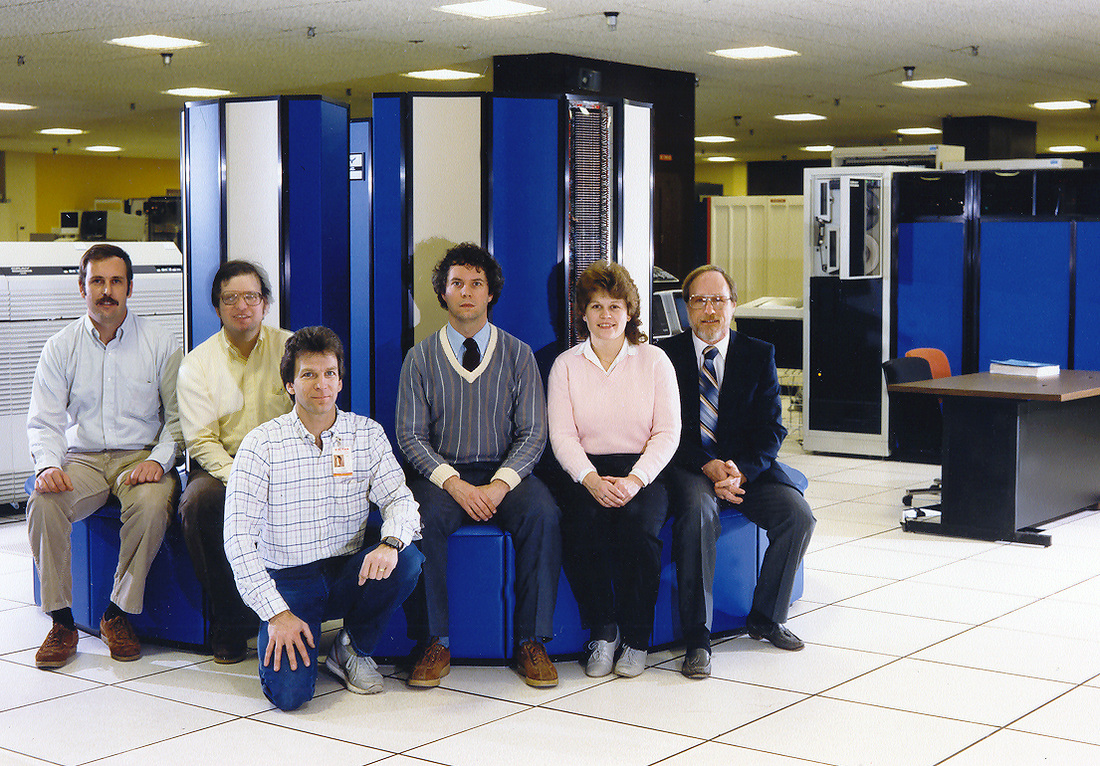

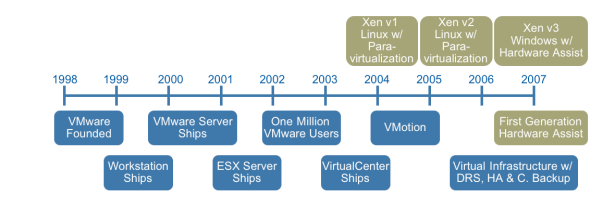
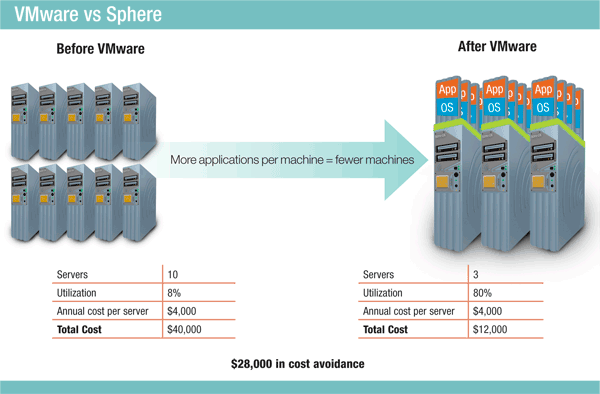
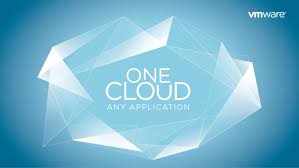

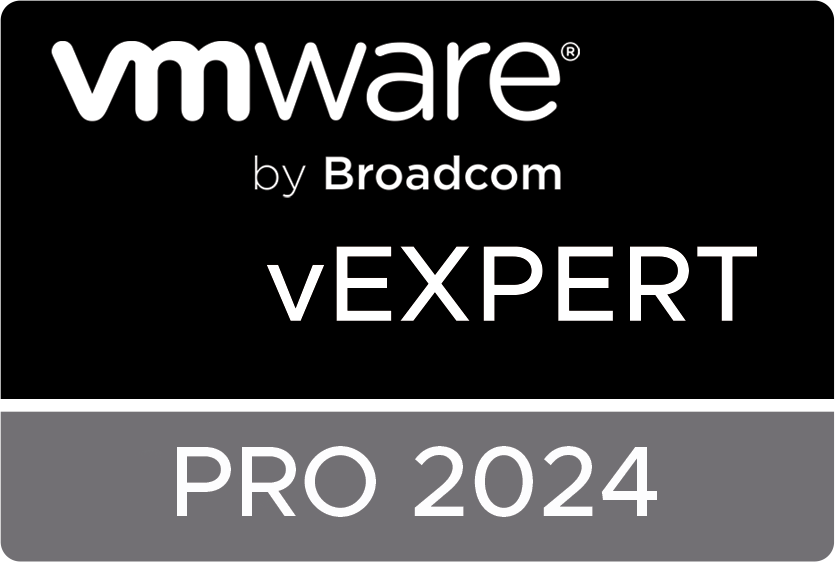
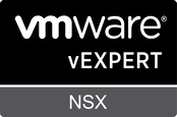
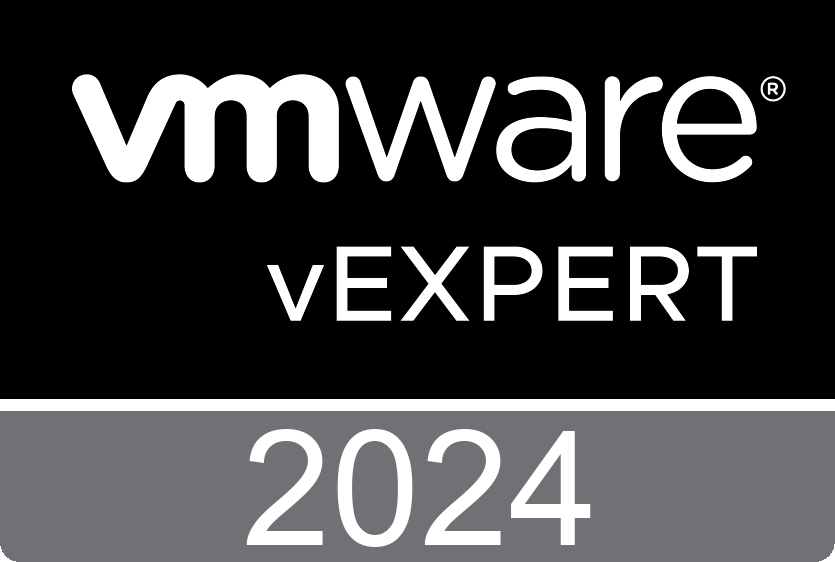
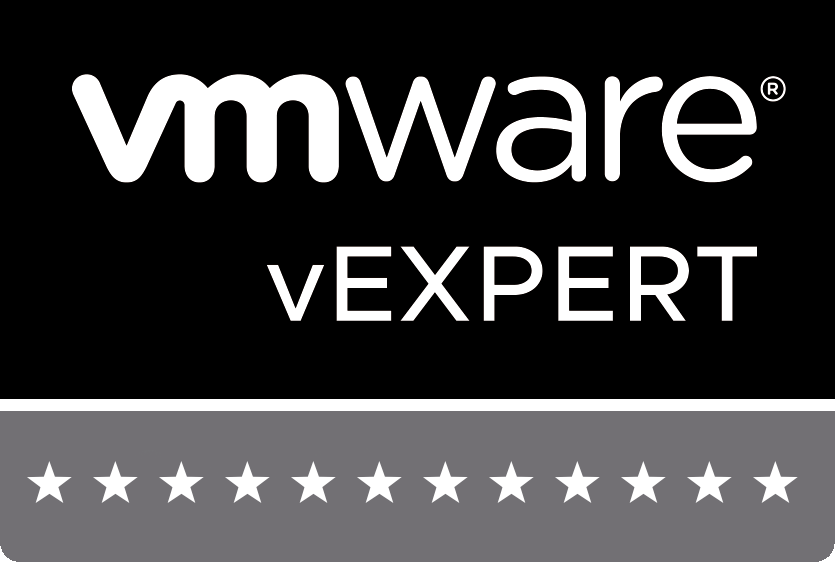
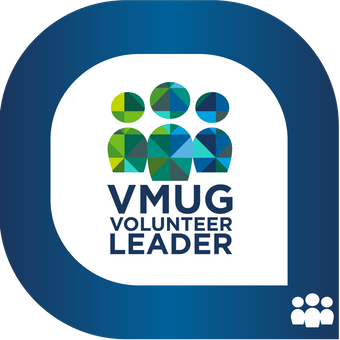
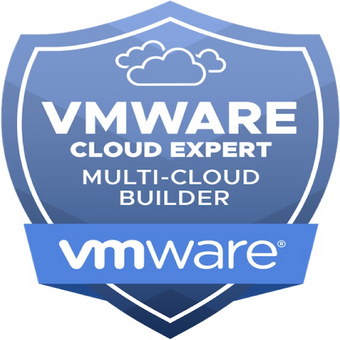
 RSS Feed
RSS Feed